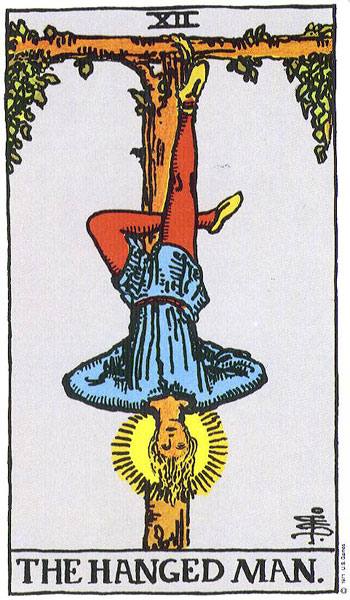(PDF HERE)
MELLON VISITING ASSISTANT PROFESSORSHIP
ENVIRONMENTAL HISTORY/LITERATURE
Departments of History and English
University of California, Davis
The departments of History and English are pleased to announce a two-year Visiting Assistant Professorship supported by the Andrew W. Mellon Foundation. We are looking for new or recent Ph.D.s in History, English, or related disciplines such as American Studies, for an appointment from July 1, 2011 to June 30, 2013, in the department of History or English, as appropriate. We prefer a focus on California, the North American West and Pacific, or borderlands, and a strong interdisciplinary background with possible interests in human/nature interactions, geography, environmental justice or politics.
The Mellon Visiting Assistant Professor will participate in the Mellon Research Initiative in Environments and Societies, directed by Professor Louis Warren and based in the UC Davis Humanities Institute. This position will lie within either the Department of History or the Department of English dependent on the successful candidate’s background. Duties include teaching three courses per year and serving as organizer in the development of a colloquium and graduate seminar in environmental history, literature, and justice, based in the Environmental Humanities program of the Davis Humanities Institute. (http://environmentalhumanities.ucdavis.edu/)
The Mellon Visiting Assistant Professor will receive a stipend of $50,000 annually plus medical insurance, research funds, and moving expenses. The campus at Davis has an excellent library as well as efficient interlibrary loan services. The Mellon Visiting Assistant Professor will join a vibrant community of scholars and teachers in the humanities and humanistic social sciences. UC Davis, twenty minutes from Sacramento, is an hour and a half drive from San Francisco and a two hour-drive from Lake Tahoe.
Review of applications will begin March 28, 2011 and continue until the position is filled. To apply, please send a letter of interest, CV, and three letters of recommendation under the label “Mellon Search” to Professor Louis Warren, Department of History, One Shields Ave., UC Davis, Davis, CA 95616. Applicants must have received the Ph.D. after August 31, 2008, and must have finished all requirements for the Ph.D. by June 1, 2011. The University of California is an equal opportunity employer.





































